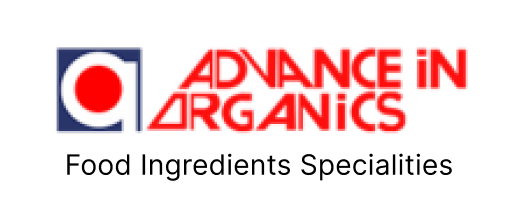Zinc Acetate
Introduction
Zinc Acetate is a versatile chemical compound widely used in various industries, including pharmaceuticals, food, and chemical manufacturing. This document provides detailed information about Zinc Acetate, including its appearance, physical analytic results, typical Certificate of Analysis (COA), heavy metals report, and a comparison highlighting its advantages and economical benefits.
Synonyms
Molecular Formula
Molecular Weight
CAS Number
Appearance
Zinc Acetate appears as a white crystalline powder with a slight acetic acid odor. It is highly soluble in water and alcohol, making it suitable for various applications.
Physical Analytic Results
The physical analytic results of Zinc Acetate are as follows:
- Molecular Weight: 183.48 g/mol
- Solubility: Soluble in water and alcohol
- pH (5% solution): 6.0 – 7.0
- Assay: ≥ 99%
Typical Certificate of Analysis (COA)
| Parameter | Specification |
| Appearance | White crystalline powder |
| Assay | ≥ 99% |
| pH (5% solution) | 6.0 – 7.0 |
| Water Content | ≤ 1.0% |
| Chloride (Cl) | ≤ 0.005% |
| Sulphate (SO4) | ≤ 0.01% |
Heavy Metals Report
| Heavy Metal | Limit (ppm) |
| Lead (Pb) | ≤ 10 ppm |
| Arsenic (As) | ≤ 3 ppm |
| Cadmium (Cd) | ≤ 1 ppm |
| Mercury (Hg) | ≤ 0.1 ppm |
Comparison – Why Zinc Acetate is Better and Economical
| Feature | Zinc Acetate | Other Products |
| Purity | ≥ 99% | 90-95% |
| Solubility | Highly soluble | Moderately soluble |
| Cost-effectiveness | Economical | Expensive |
| Applications | Versatile | Limited |
Product Details
| Detail | Value |
| HS Code | 29152900 |
| EINECS Number | 209-170-2 |
| Molecular Formula | C4H6O4Zn |
| CAS Number | 557-34-6 |


